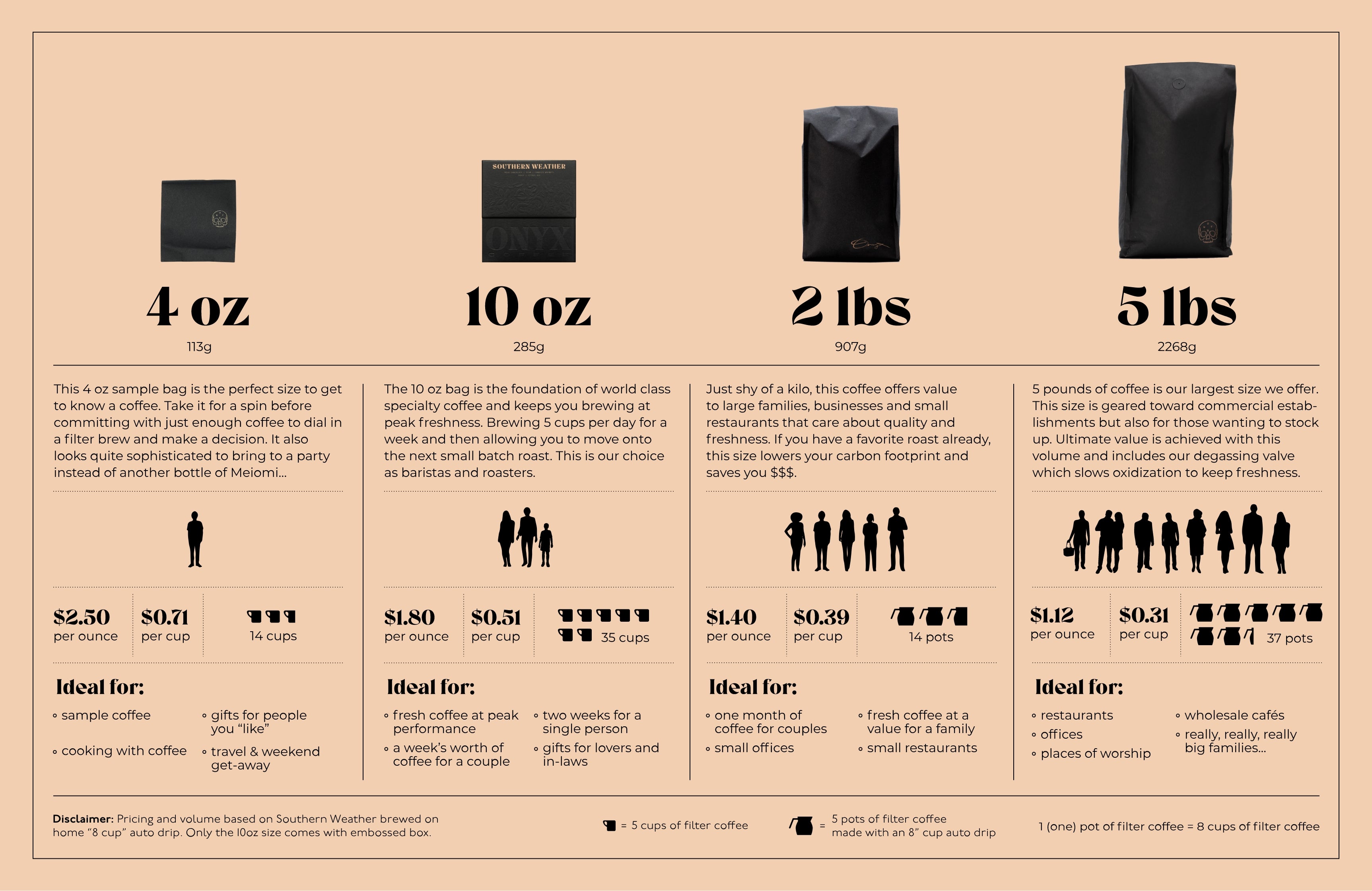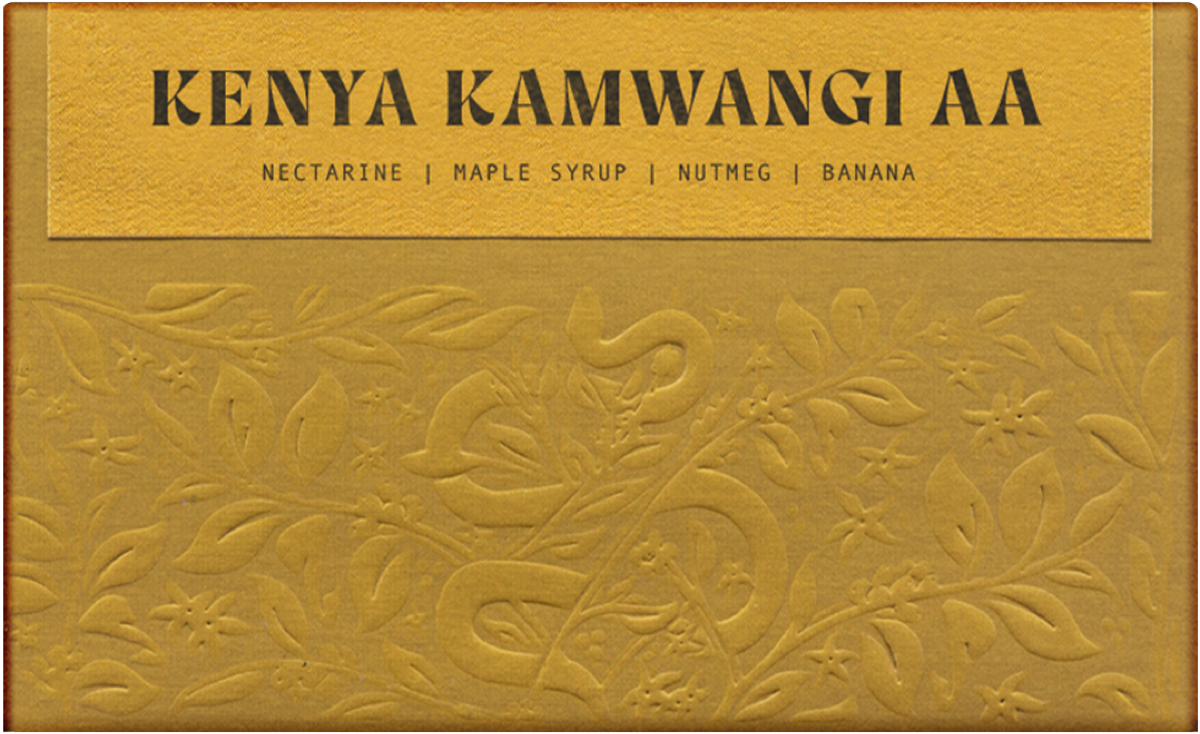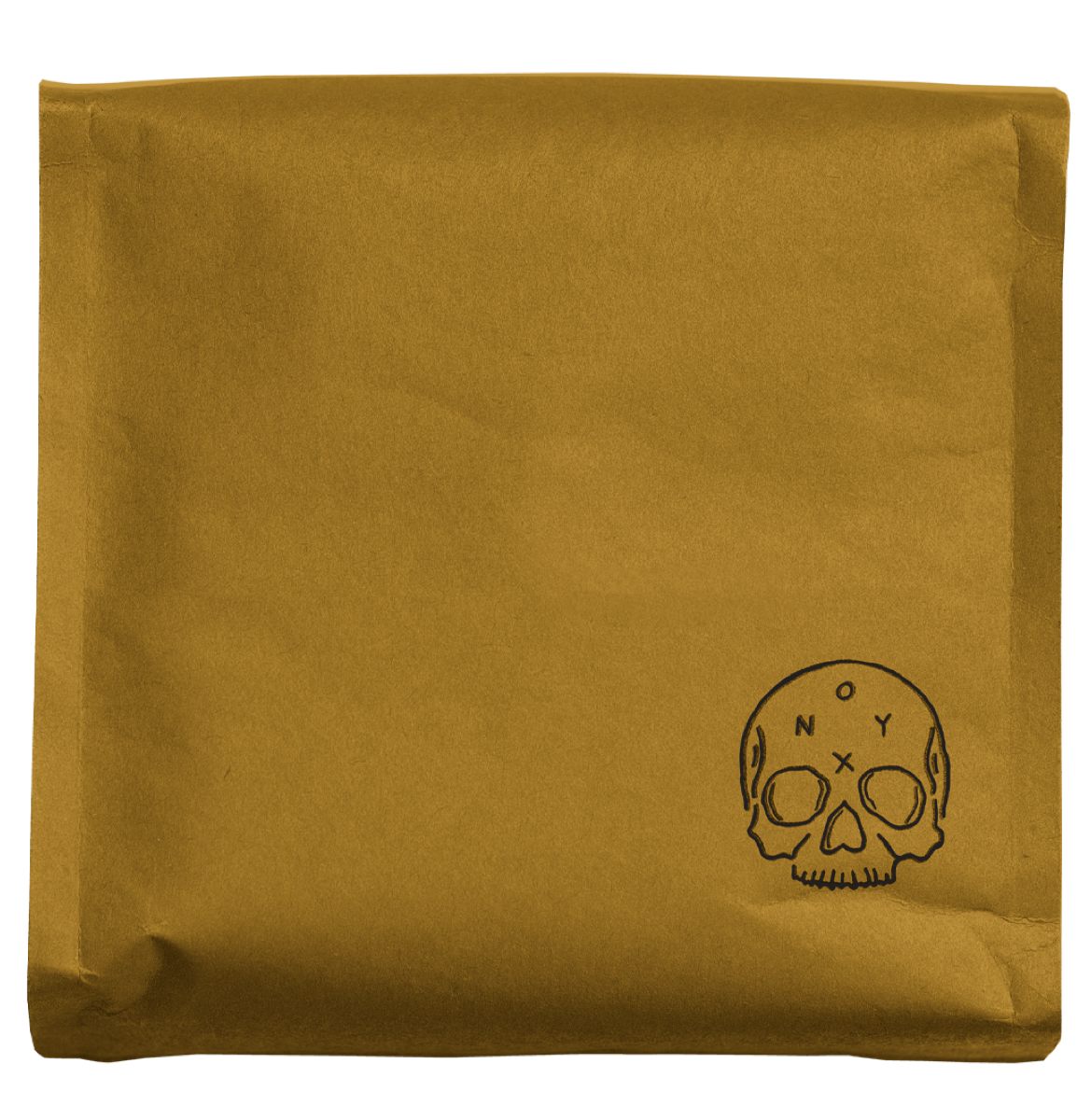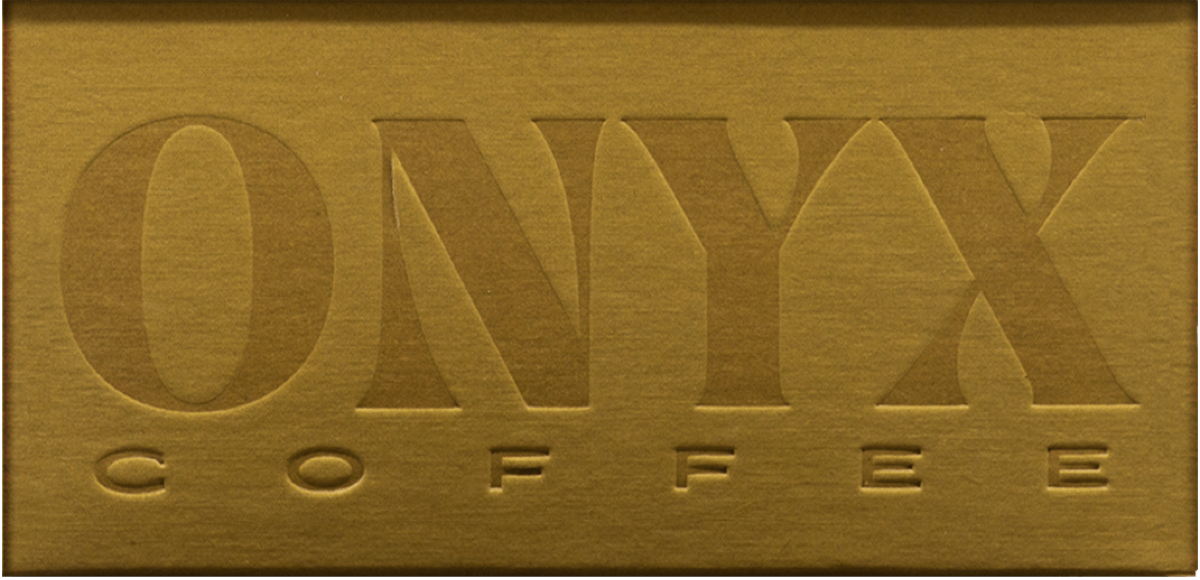Story
We visited Kenya in December of 2019, right in the swing of harvest. During our time in Kenya, we ventured upcountry to visit the many stations we purchase coffee from each year, in order to see the harvest and to meet with our partners there to plan for cupping coffees shortly after. Driving upcounty to Nyeri is stunning, the driver expertly weaves their way through the traffic of Nairobi. The city can seemingly extend forever, due to the massive amount of layered housing extending from the city center. Once Nairobi fades away, you comfortably cruise the highway north towards Nyeri. On a clear day, Mount Kenya is in full snow-capped view to the left, while miles and miles of pineapples pass by your right. Once you reach the base of Mount Kenya national park, well-known names of cooperatives and washing stations start to pop up. During our time, we visited many stations that we purchase from each year. As you drive through the Kirinyaga region, you can see smatterings of coffee trees growing alongside each side of the road, planted in the fertile red soil that gives Kenyan coffee its distinct terroir. Hailing from the Kirinyaga region of Kenya, the Kamwangi Wet Mill is producing coffees right in line with what made this region famous. Not only does this mill have distinct terroir going for it, but the management is also top tier. Kamwangi is one of three mills operated by the New Ngariama FCS, consisting of around 1,000 members across the three mills. Each mill, including the Kamwangi station, only accepts perfectly ripe cherries throughout harvest. Subpar picking will be rejected and dried at the producer’s home, then delivered at the end of the season. Ripe cherries will be depulped and fermented anywhere from 24 to 36 hours, then taken to the drying beds once the mucilage has been washed off. You can read more about Kenyan processing down below.
KENYA AUCTIONS
Kenya has a pretty advanced coffee system. Two avenues are used to sell and export most coffee: the Nairobi Coffee Exchange (central auction system) and a marketer direct-sale system. Cooperatives tend to lean towards the first and use the auction system to sell their coffees based on quality. You must be a licensed marketer to buy coffee through the competitive auction system by bidding on coffees. Auctions are held every Tuesday with samples of the coffees going out to the marketers and cuppers the week prior. This way, you can cup the outturns for the week and decide which coffees you wish to bid. An outturn refers to the week of wet milling and production of coffee. You’ll see a number next to all our Kenya lots which describe which outturn it was. We tend to like outturns between 14-21, which are in the middle to the end of harvest time and usually have the most nutrient-dense and best-tasting coffees.
KENYA PROCESS
In the Kenya process, first, the cherries are sorted, and under-ripe/overripe cherries are removed. Once the sorting is finished, the coffee is then depulped. This is done by squeezing the cherry through a screen and removing the fruit and skin from the bean. The coffee is then left to ferment in white ceramic tiled tanks for 24 hours. Next, the coffee is stirred for a short amount of time and left to ferment for another 24 hours. After two days of dry fermentation, the coffee is washed with fresh water, removing the sticky mucilage attached to the beans that are loosened by bacteria during the fermentation. It’s then soaked in water to ferment overnight slightly. The coffee goes through sorting and density channels, which separates the lots, and then it is taken to raised beds to dry. Once it reaches 11.5-12% moisture content, the coffee is brought to conditioning bins to rest until it goes to the dry mill.
Once a coffee has been processed, dried, and then milled, it goes to a sorter that separates the beans by specific characteristics, mainly size. Coffee goes into a machine that vibrates, sending beans through different screens with different-sized holes and sorts the coffee based on size and density. This results in a more uniform coffee and cup profile. Then the coffees are auctioned based on the grade (size & density) they have.
AA (screen size 17 & 18)
The largest and most celebrated grade of Kenyan coffee. Usually the highest priced coffee on the auction from each outturn and factory. AA is the most common grade we buy and what we normally expect from an outstanding Kenya cup.
AB (screen size 15 & 16)
This grade represents about 30% of Kenya production. While AB is usually considered lower quality than AA, we find that to not be accurate in the cup. Over the years of cupping, we have consistently found incredible AB’s that actually cup better than their more prestigious AA relatives, enforcing the idea that everything must be cupped and not have its value determined based on classification or reputation.
PB (Peaberry)
Peaberries represent about 10% of Kenya production. They are a result of a coffee cherry only producing one bean instead of two. Technically they are fused together during early stages and form one round bean instead of two half spheres. We tend to notice more fermentation tasting notes here. Winey, syrupy, and mouth coating are some of the attributes that we usually notice in the cup.
OTHER SIZES
E (large Peaberries & large chipped beans)
C (screen size 14 & 15)
TT (falls through 14)
T (small or broken pieces of beans
Hailing from the Kirinyaga region of Kenya, the Kamwangi Wet Mill is producing coffees right in line with what made this region famous. As you drive through the Kirinyaga region, you can see smatterings of coffee trees growing alongside each side of the road, planted in the fertile red soil that gives Kenyan coffee its distinct terroir.



